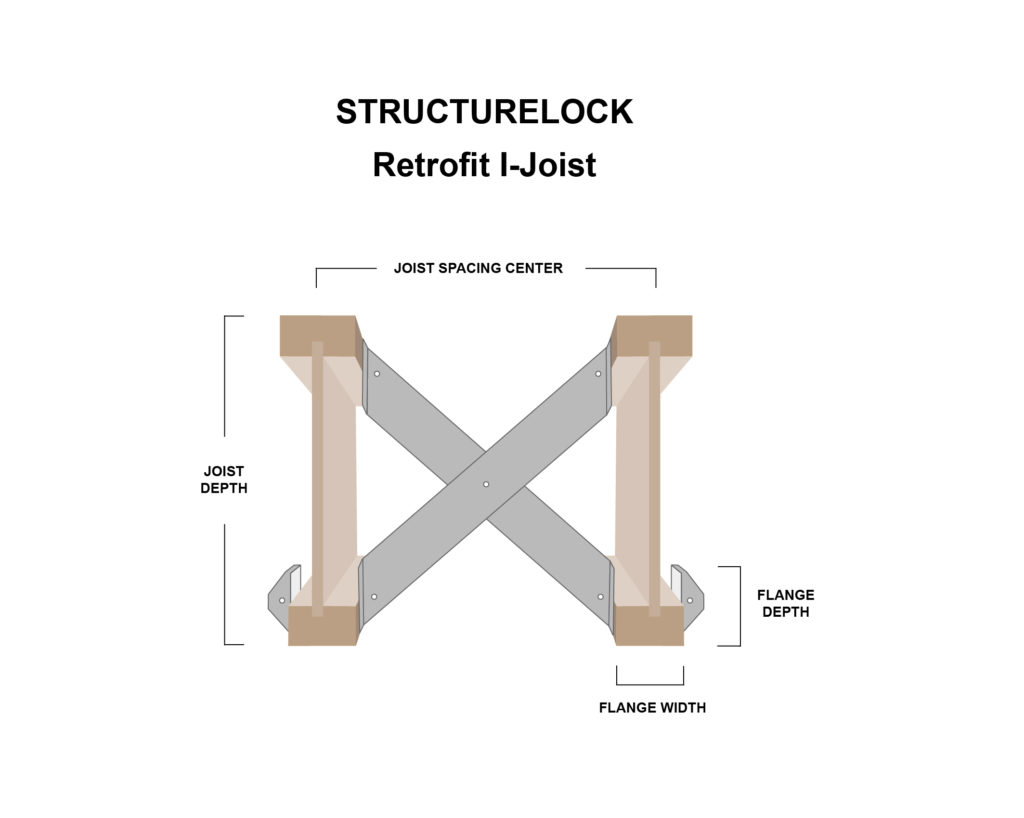Introduction
I-joists are made from solid wood, which means they have increased strength and reduced weight. They’re also easier to work with than other types of framing lumber because they’re prefabricated in the factory. This means you can get a lot more done in a shorter amount of time!
Types of I-Joists
There are three types of I-joists: Mighty, Strong and Sturdy. Each has its own distinct characteristics that make it the best choice for your home.
Mighty I-Joist – This is the strongest type of I-joist available today, able to withstand loads up to 1,000 pounds per square foot (psf). It’s also made from a high-strength steel alloy that makes it very durable in any climate or weather condition. This means you can use your Mighty I-Joist for any project that requires extra strength such as building decks or garages on sloped terrain where other types might not hold up well over time due to excessive weight loading on one side due to uneven ground levels between supports/posts/piers etc..
Designing with I-Joists
I-joists are a great choice for your home because they provide support in the right places. They’re also available in two varieties: solid and webbed. The solid I-joist is made from solid wood, while the webbed variety has a metal webbing inside of it that helps to strengthen it.
The best way to design with I-joists is by using blueprints or CAD drawings (computer aided drafting). This allows you to see exactly where your joists need to go so that they can provide adequate support for whatever flooring material you choose for your home’s construction project
Installation Tips
- Wear safety gear. Safety is always important, and when you’re working with I-joists it’s especially crucial to wear protective eyewear and gloves.
- Tools and materials needed: tape measure, power saw (for cutting the lumber), hammer or nail gun (for attaching joist hangers), 2x4s for bracing the bottom plate of your home against the foundation wall if necessary, shims if necessary.
Common Problems and Solutions
- Inaccurately installed I-joists.
- Weak flooring.
- Unstable walls and ceilings.
Costs and Benefits of I-Joists
I-joists are a great choice for your home because they’re cost-effective, stronger, safer and more durable than traditional joists.
I-joist costs are lower than other types of wood framing because you don’t need to purchase additional materials like steel plates or nails. They also require fewer labor hours to install than other types of wood framing systems do–a big plus if you’re planning on doing the work yourself!
Installation Tips
- Safety
- Tools and materials needed
- Shims if necessary
Common Problems and Solutions
- Incorrectly installed I-joists: If your I-joists are not installed correctly, they can sag or bow in the middle of your floor. This is a common problem that can lead to other issues such as weak floors and unstable walls and ceilings.
- Weak flooring: The weight of the furniture on top of an improperly installed I-joist will cause it to bow or sag over time. This will weaken the board until it breaks under pressure, leading to costly repairs or replacement altogether!
- Unstable walls/ceilings: When you’re working with an improperly installed I-joist, there’s no telling what else might be wrong with your home’s structure–and these problems could lead all sorts of structural issues down the line (like cracks in drywall).
